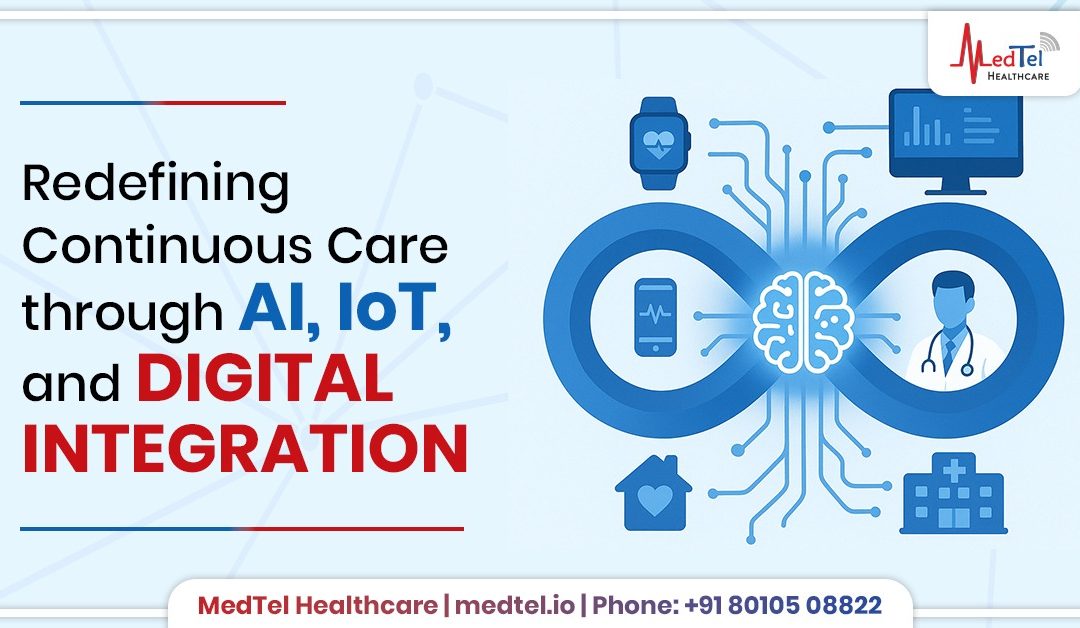In an era where healthcare is rapidly transitioning from episodic to continuous care, Remote Patient Monitoring (RPM) is emerging as a critical enabler for hospitals and clinics. By integrating real-time physiological monitoring, predictive analytics, and seamless data interoperability, RPM systems are redefining how clinicians track patient health — both inside and outside hospital walls.
1. Core Monitoring Capabilities: From Vital Signs to Multi-parameter Support
The foundation of a robust RPM system lies in real-time vital signs monitoring — including heart rate, blood pressure, oxygen saturation (SpO₂), temperature, respiration, and ECG. Advanced systems go beyond this by enabling multi-parameter support, allowing clinicians to add or customize parameters such as glucose, weight, and fluid balance based on patient needs and disease cohorts.
This flexibility supports specialized care pathways — from cardiac rehabilitation to diabetes and chronic kidney disease management.
2. Dashboards: Unified, Intelligent, and Role-based
A centralized dashboard forms the nerve center of any RPM solution, providing clinicians with live updates on patient vitals, trends, and alerts.
Role-based access ensures that data visibility aligns with responsibilities — doctors, nurses, and administrators each access customized views optimized for decision-making and workflow efficiency.
This unified interface eliminates data silos and enables evidence-based, timely interventions.
3. Smart Alerts and Escalation: Proactive, Not Reactive
RPM’s greatest value lies in its ability to predict and prevent deterioration.
Through AI/ML-driven alerts, anomalies such as arrhythmias, sepsis risk, or rapid oxygen desaturation can be detected early. A structured escalation workflow ensures alerts reach the right person at the right time — from nurse to physician to administrator — complete with audit trails for compliance.
This approach not only improves patient safety but also reduces the clinical response time significantly.
4. Advanced Monitoring: Beyond the Hospital Bed
Today’s RPM extends care beyond hospital premises, leveraging secure remote access through web and mobile platforms.
Advanced capabilities include:
Together, these features create a 360° continuum of care — from hospital to home.
5. Integration with Hospital Systems: Interoperability at the Core
True RPM success depends on how seamlessly it integrates with existing hospital information systems.
Using HL7 and FHIR APIs, data can flow smoothly into hospital EMRs and EHRs, ensuring clinicians have a unified view of patient information.
Additionally, notification system integration (SMS, email, paging) ensures that critical alerts reach care teams instantly — reducing response lag and improving clinical efficiency.
6. Data Governance: Security, Compliance, and Analytics
Data integrity is paramount in healthcare.
Modern RPM platforms are built with end-to-end encryption, consent management, and audit trail mechanisms compliant with CDSCO and NDHM standards.
Furthermore, advanced reporting and analytics modules enable hospitals to measure clinical outcomes, intervention times, and operational KPIs — supporting continuous quality improvement and accreditation readiness.
7. The Future of RPM: AI-Driven, Patient-Centric, and Scalable
The next generation of RPM will combine AI-based predictive modeling, IoT-enabled sensors, and integrated analytics to deliver truly personalized healthcare. Hospitals adopting such systems not only enhance patient outcomes but also optimize resource utilization and strengthen clinical governance.
By embracing Comprehensive RPM, healthcare institutions can move from reactive treatment to proactive, preventive, and precision-driven care — aligning perfectly with the global vision of Connected Health.
Curious how these capabilities integrate with your existing EHR/HMIS? Let us show you a live, role-based dashboard.
